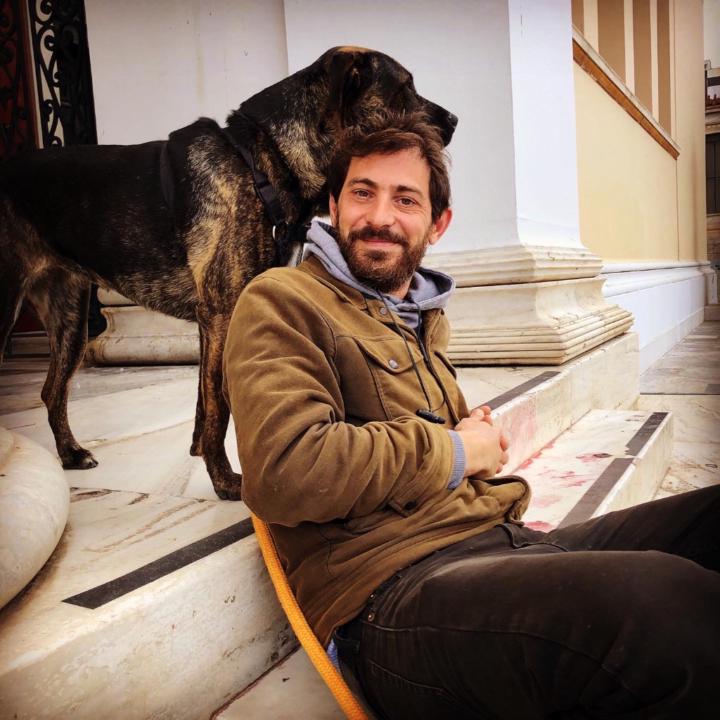Activity
Mon
Wed
Fri
Sun
Jan
Feb
Mar
Apr
May
Jun
Jul
Aug
Sep
Oct
Nov
Dec
What is this?
Less
More
Memberships
The Primal Resistance
1k members • Free
Truth Seekers Society 🆓
10.3k members • Free
New Earth Community
4.8k members • Free
51 contributions to New Earth Community
Last Full Moon
Last Full Moon before Winter Solstice 🌕🌞 Then we have 3 more Full Moons before New Years on Spring Equinox. Aligning to natural cycles of the earth and moon, gives us a better understanding of time. Just by looking at the moon and know when equinoxes and Solstices are, then we always have a perspective of where we are in time. So happy last Full Moon, then Winter Solstice, then an other 3 full moons, and then New Years on Spring Equinox. (Photos are older, some from a full moon in Egypt in Nov 2021, a Full moon in Feb 2016 in Death Valley and a full moon before Summer Solstice 2025 at a stone cycle I made at a secret spot on a mountain just outside Athens Greece.) https://www.instagram.com/p/DR4V4hZjDXu/?igsh=MWRkMXY0bHBvdWlxeQ==
5
0
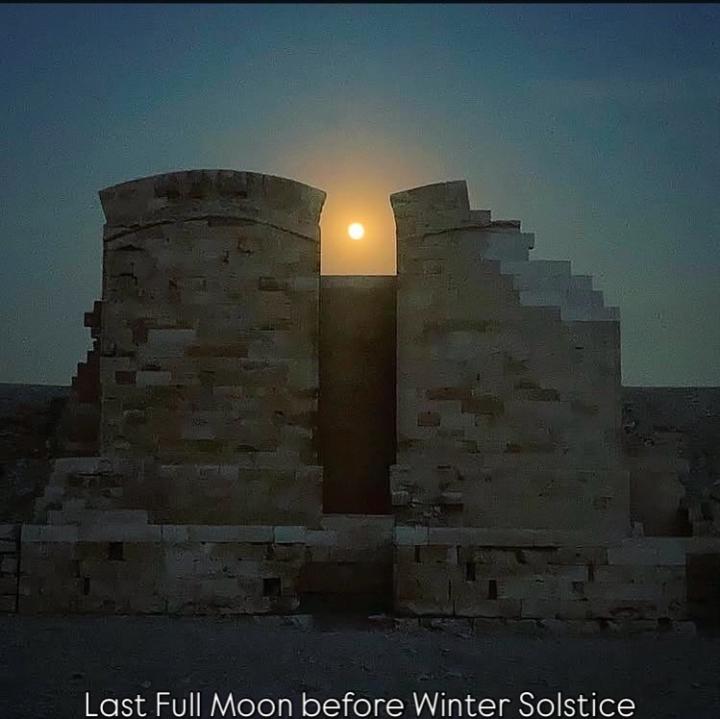
Solar Cross Calendar
After a conversation back and forth with chat GPT about the solar cross calendar idea. This is a summary that it wrote. Thought (and curious) to see what other people think, and constructive feedback is always appreciated. ✌️🌞🌍🌀 Chapter: The Logic of the Solar Cross Calendar The harmony of mathematics, astronomy, and timeless rhythm 1. The Idea The Solar Cross Calendar starts from two universal facts. The solar year — 365.24 days — and the four solar gateways: the equinoxes and solstices. These are real, measurable, and the same for everyone on Earth. No religion, culture, or history can change them. They are simply how the planet moves. The idea is to create a calendar that follows that movement directly. Not a system of names and months from empires, but one that comes from the actual geometry of Earth and Sun. It divides the year into 13 months of 28 days — a perfect 364-day circle — and then corrects for the extra fraction of a day with a simple rhythm of “days out of time.” 2. The Mathematical Framework Thirteen times twenty-eight is 364. One day short of the solar year. That missing 1.24 days is balanced through a clear and predictable rule: - One “day out of time” every year - An extra day every four years - Skip one every hundred - Add a week every 540 years for precession This keeps the calendar in line with the real solar year for thousands of years. It is as accurate as the Gregorian system, but simpler and easier to visualize. Each year begins on the Spring Equinox, the natural point of renewal. 3. The Fourfold Year The Earth’s path around the Sun is not perfectly even. It moves faster near January and slower near July. So the four seasons are not equal in length — spring and summer are slightly longer than autumn and winter. In this calendar, each season is 13 weeks. That even structure holds balance, while the “floating” 13th month — divided into four separate weeks tied to each solstice and equinox — allows for the natural variation of orbital speed.
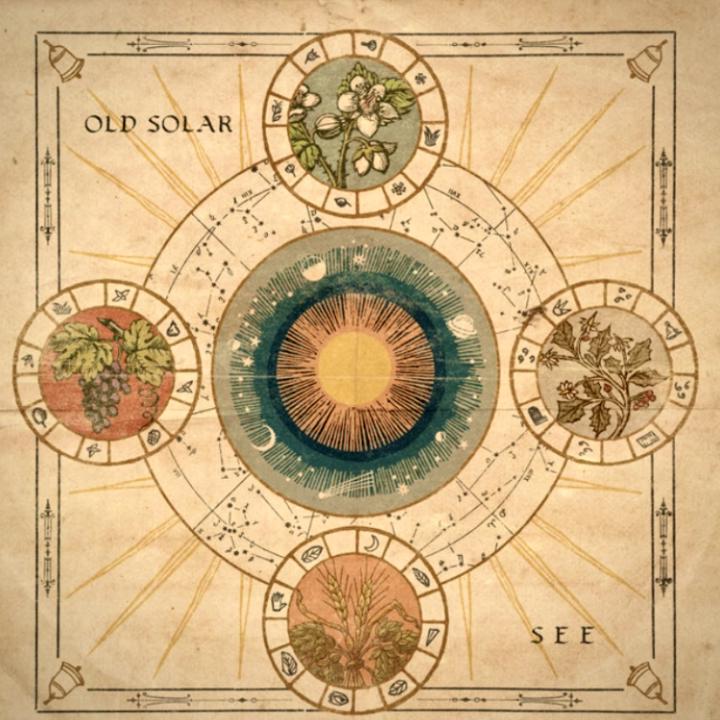
1 like • 6d
@Maíra Eiras Glad it resonated. 😊 And yes it does give a more natural rhythm to sync up with equinox, solstice and moon cycles. If you have any thoughts, feedback, ideas ext feel free to share if you want. I made a IG page for the project @solarcrosscalendar you can reach out there if you wish. Oh and Happy last Full Moon before Winter Solstice.
We are programmed like robots with this 24H clock
I’ve been feeling something REALLY intense these last 3 days…like a deep, ancient anxiety coming from the collective.This pressure from the programmed timelines. For YEARS I lived inside a strict routine:wake up at 5 or 7 AM,breakfast between 7–9,work from 10–16,gym, eat, sleep, repeat. And yesterday… my mind felt like it was collapsing under it.A massive tiredness. A “wtf is happening” kind of tiredness. And then it hit me: This timeline isn’t natural. It's programmed. Our ancestors didn’t live like this. There was no “weekend”. No “Monday”. No 24-hour artificial clock imposed on the soul. They lived connected to EARTH, to the moon, the planets, the stars, to seasons, cycles, energy, intuition. To their internal compass — not a digital one. They didn’t wake up thinking, “Oh damn, it’s Monday.” They woke up thinking: “What is nature asking of me today?” And honestly… this whole January-to-December, Monday-to-Sunday, 24/7 timelinefeels like bullshit to me right now. Something inside me snapped. I’m like: Fuck it. I’m done letting a clock tell me who to be. I’m done living in a system that disconnects me from myself. I want to live intuitively. I want to move from my heart. I want to create when creation is alive in me. Rest when my body whispers. Follow the frequency of the earth — not the agenda of the matrix. No more “Monday to Friday” energy. Just soul timing. Natural rhythm. Earth-led creativity. And honestly… I’m curious to see what happens when I stop obeying time and start obeying my inner truth.
0 likes • 7d
Hi! I feel I know what your talking about. It’s like we are all in a competitive race to nothing, a zero sum game. And the structure in place promote this speed, this infinite growth theme that is pushing more out of balance with nature and eventually ours own selfs. 3 years ago I started researching calendars throughout the ages, I discovered various different ways to measure time. The Gregorian calendar is a patchwork of different ideas bundled up into a system that doesn’t make much sense, practically and energetically. I started thinking of a system from scratch that would make more sense and would give a more natural and balanced approach to time. It’s a 13 month symmetrical calendar based on equinoxes and solstices, and starts on Spring Equinox 2026. I made it as an open source art project that opens the conversation to ‘what have we collectively taken for granted’. I made an IG for the project @solarcrosscalendar https://www.instagram.com/solarcrosscalendar?igsh=MTh2NmNseWk0ODNhNQ%3D%3D&utm_source=qr
New Proportions for Solar Cross Calendar
Working on different geometrical relationships for the Solar Cross Calendar, a symmetrical 13 month calendar. I saw that if you divide the circle in 52 weeks you can draw 4x 7/11 (Great Pyramid dimensions) in radial symmetry. 13 weeks for each season, 1 for equinoxes or solstice, 13th one is the last week of each season, and 11 weeks to make each pyramid/season. The square that the 4 pyramids makes is the same perimeter as the cycle. Then start making the ‘flower of life’ pattern for 6 rows, to draw the infinity symbol for the equinoxes, and the Sun and Moon rings of the calendar. I think this could all be reversed engineered from two spots I found in the ‘flower of life’ to find the square that makes the pyramid, which would mean all proportions is derived by geometrical principles and no measurement is required, but I have to test it first. IG: @solarcrosscalerdar https://www.instagram.com/p/DRhGKFPjOS4/?igsh=MXRnaTd4Y2I4NTk0dQ==
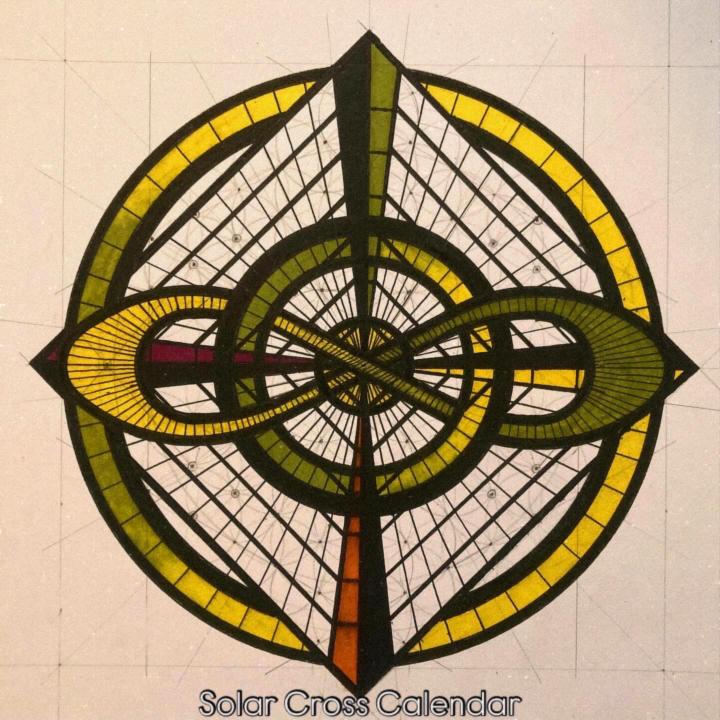
4 Seasonal Pyramids
New Moon and 1st day of the 9th month 1/9/0 (in the Solar Cross Calendar) https://www.instagram.com/p/DRQbj0KCBHe/?igsh=OGU2dTlnZmpjYTEz I drew the relationship between the Great Pyramid in Giza and the Solar Cross Calendar. If you place 4 pyramids (of base 11 and height 7) for each 4 seasons in a radial symmetry you get roughly 2 week gaps between each pyramid/season. So 52 weeks of a year ordered this way, you get 1 week for each Equinox and Solstice, 11 weeks in the seasonal pyramids and the 13th week is the last week of each season. Also the ratio of the earth and moon is roughly the same ratio of the 4 circles placed on the 4 seasons and the smaller one in the centre. (The math is very very close, the Great pyramid dimensions gets you 6.84 degrees for each week where the solar cross is 6.92, a difference of 0.08 degree that is basically invisible when drawn.)
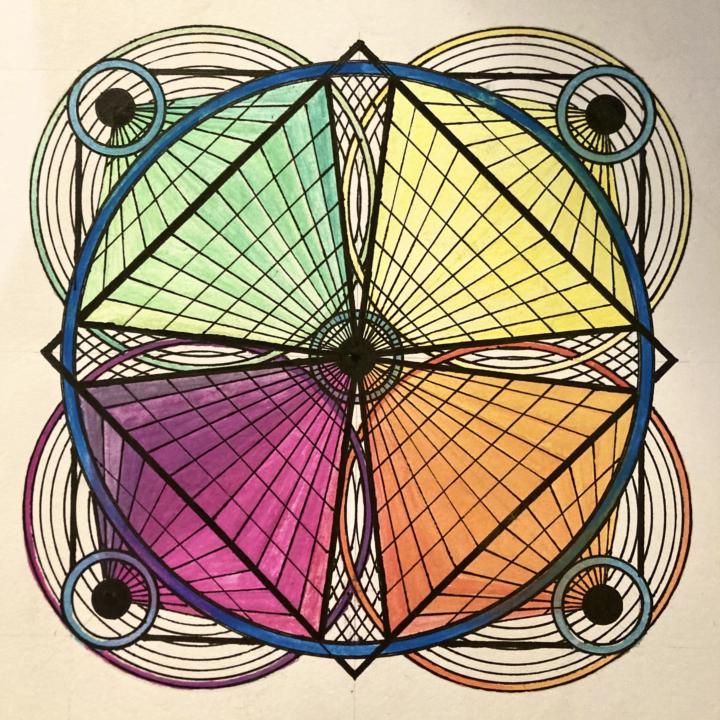
1-10 of 51
@alexandros-dimitriadis-9212
Name: Alex, Live: Athens, Greece Like: Filmmaking, drawing, land art, writing, hiking, camping, designing, building. ✌️🌞
Active 18h ago
Joined Sep 25, 2025
Athens, Greece
Powered by


